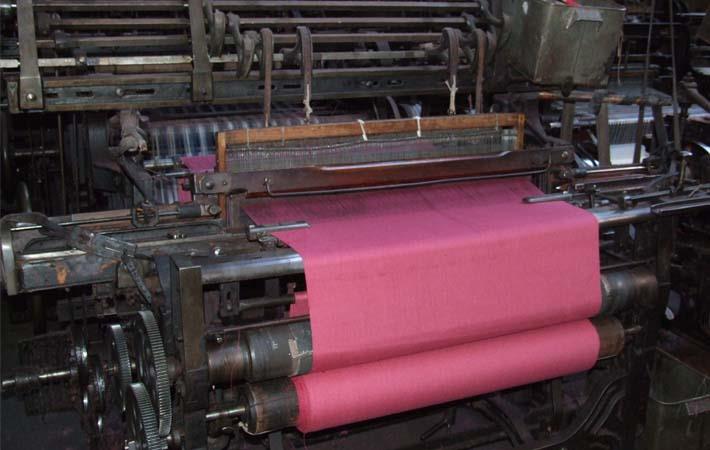
His machine was not perfect, but it showed promise and the way ahead.
POWER LOOM MANUAL
Edmund Cartwright (1743-1823) was not the first to turn his mind to mechanical weaving, but he was the first to understand the economics of the problem: that a power loom had to make more than a manual weaver, or that one operator had to be able to work several looms at the same time. One of the first improvements that was made to the hand loom was the part of the flying shuttle invented by John Kay. However, it was not only the beginning of the industrialization of textiles, but a world of potential for the industry of fashion. This unskilled labour requires nimble fingers, but not the master craftsmanship of old.ĭuring the 18th Century powered looms were seen as a threat to many livelihoods, provoking riots and unrest when they were installed in mills. The power loom brought new emotions into society, the threat of man vs. The operator monitors the work, and makes sure that the machine is supplied with yard.
POWER LOOM SERIES
A cunning series of levers, cams, gears and springs make the individual elements of the loom move in precise time. /rebates/&252fpower-loom.

This resulted in the stoppage of raw materials supply. Following the escalation of polyster yarn cost, and heavy power bills it led to increase in the production costs. The power loom automates many of the movements needed to weave cloth. The power loom weavers were burdened by Fuel Surcharge Adjustments (FSA).

Manual weaving is a skilled craft, one that requires long years to master and, as always, this limits the output of a craft-based industry. This was the worlds first automatic loom where the shuttle could. Toyoda Type G automatic power loom, 1924. It was also equipped with the weft auto stop mechanism. Toyoda Automatic Loom, type G, made in 1926. The shedding, picking and beat-up motions were all steam-powered. Power Loom is a Technology in Empire: Total War.Ī powered, mechanical loom that can be operated by shifts of unskilled workers. In 1896, the Toyoda power loom, Japans first power loom built of steel and wood was perfected. This led to an expansion of handloom weaving and a. Edmund Cartwright designed the first power loom in 1784, but it was in the following year that it was built. The invention of the power loom was a response to the increase in supply of yarn in the 1780s. It was one of the key developments in the industrialisation of weaving during the early Industrial Revolution.



 0 kommentar(er)
0 kommentar(er)
